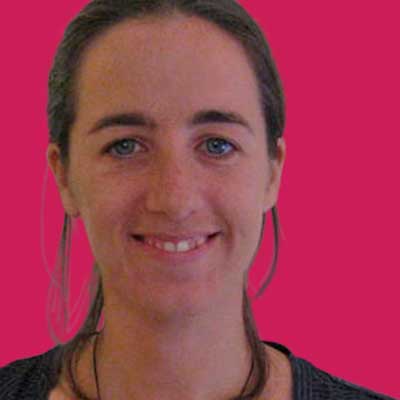Summary: a staple for play, playdough appeals to a wide range of ages and has unlimited potential for creative expression.
Set-up: 10 minutes (making the playdough is part of the activity!)
Play: All day
Complexity: Easy – complex, with extensions
Materials
- 3 cups flour
- 1tbsp Cream of tartar
- ½ cup salt
- 1tbsp cooking oil
- 2 cups boiling water
What to do
Mix the flour, cream of tartar and salt together. Add food colouring and/or other additions (see below). Then (this step just for an adult) add the boiling water and stir. Turn out onto a floured surface to knead.
Additional ingredients: Add food colouring, peppermint essence or other essences, spices such as cinnamon or cloves before adding the water. For texture mix in some sand, lavender buds, or small seeds (add to finished dough). Note: plain playdough without colour works well for cooking/café play. Or divide the finished dough into different pieces and add different food colouring to each, to have multicoloured dough.
Follow the recipe to make the playdough, your child will enjoy helping. There’s lots to count and measure, and older children can try following the recipe themselves (make sure the boiling water step is completed by an adult). Then have fun! The first step is kneading the dough, so let your child get hands-on. Add flour if the playdough is too sticky. With younger children, explore a range of actions, and talk about what you are doing, using rich vocabulary “We’re squishing and squashing it, rolling it flat, stretching it wide”. Supplement the play with other resources depending on your child’s interest – for example
- a tea set, rolling pin, muffin cases and plates for cooking play,
- model dinosaurs or trucks,
- objects to print into the dough, such as acorns, pine cones, kitchen implements, shells
- magnetic letter and number shapes
- small open-ended items such as buttons, beads, marbles, lollysticks or sticks from nature, feathers, leaves, and pieces of foil to stimulate creative model-making.
Older children might enjoy some of our extension challenges below.
Play alongside, following your child’s lead (it can be really discouraging for children if your playdough creations are far superior to theirs).
Extensions
Make playdough in different colours and explore colour-mixing. With a bit of patience, two colours can be kneaded together to make a third colour. How many different colours can you make? What happens if you have more of one colour than another?
Draw some simple outlines on card for your child to fill in or decorate with the playdough: for example, write your child’s name, letters, or numerals in large print, and have them make sausages to fill the letter shapes. Or draw a dinner place setting with an empty plate, a knife and fork and challenge your child to make the meal to go on the plate. Or draw a tree outline and ask your child to add leaves, fruit and/or flowers to the tree.
Challenge your child to make a maze using playdough sausages, then drive vehicles or blow a ping pong ball through it.
Set up a pretend café, and have your child invent lots of different kinds of snacks for the cabinet. Make menus, price tags, count out money (use real coins), work out the bill and how much change is needed.
Make people, animals or monsters, and use Stop Motion Studio (find it free at https://www.cateater.com/), a very simple programme in which you take photos of your characters in a series of poses to create short movie clips. By moving your character just a little bit for each photo, it will look like your character is moving!

